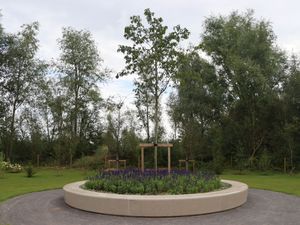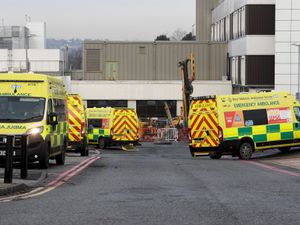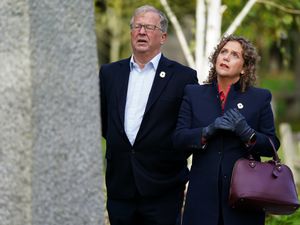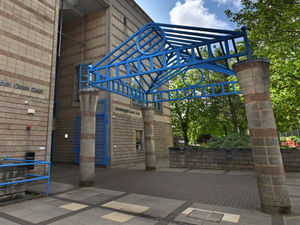Ethnic minorities in Dudley almost twice as likely to get Covid-19 during pandemic, report says
People from ethnic minorities in Dudley were almost twice as likely to get Covid-19 during the pandemic according to a new report.

The study, by the borough’s acting director of public health, also found that living in deprived areas made residents more susceptible to catching the virus, which killed 881 people in Dudley between March 2020 and April 2022.
The first case of Covid in the borough was recorded on March 9, 2020, and eventually infected 105,045 people during the following two years.
The report’s author, Mayada Abu-Affan, said: “The spread of Covid-19 during late 2020 saw infection rates increase rapidly and at the peak in January 2021 the borough had some of the highest rates and was one of the hardest hit areas nationally.
“The unequal impact of Covid-19 in our communities is evident. Overall infection rates have varied substantially by ward within Dudley.”
The report’s findings, which mirror national trends, show also around 5,500 Covid positive patients were admitted to Russells Hall Hospital during the outbreak with as many as 30 patients in intensive care on a single day at the peak of the pandemic.
Members of the Afro-Caribbean community were most likely to need hospital treatment.
Statistics adjusted to count per 100,000 members of the population show 1,151 black people would be admitted to hospital, compared with 981 white people and 861 people with an Asian background.
Living in Dudley’s most deprived areas had a dramatic effect on people’s chances of surviving the virus.
The poorest tenth of the population accounted for 16.2 per cent of deaths, while just 6.5 per cent of deaths occurred in the richest tenth.
The report concludes living in the poorest ten per cent of the population made people 73 per cent more likely to die from Covid than the richest ten per cent.
Statistically the most deaths from Covid in the two years of the pandemic happened to people from the Castle and Priory, Quarry Bank and Dudley Wood and St Thomas’s council wards.
Residents in Norton, Kingswinford South and Cradley and Wollescote were least likely to succumb to the virus.
The highest spike in infection rates came in the winter of 2021, when close to 1,600 new cases were reported on a single day.
The report concludes that widespread vaccination and the weaker Omicron strain meant the number of hospital admissions and deaths during the final peak did not match previous waves of the virus.
The report also concludes that existing inequalities in the borough were widened further during the pandemic.
In Dudley, 28 per cent of people live in conditions which place them in the most deprived fifth of the population of England, compared to 20 per cent across the nation as a whole, and are considered to be at increased risk of Covid infection.
The report pays tribute to the public’s reaction to lockdowns and other measures to restrict the spread of the virus.
In the borough no fixed penalties for breaching regulations were issued and just one business was ordered to to close or limit its activity for failing to maintain Covid security.





